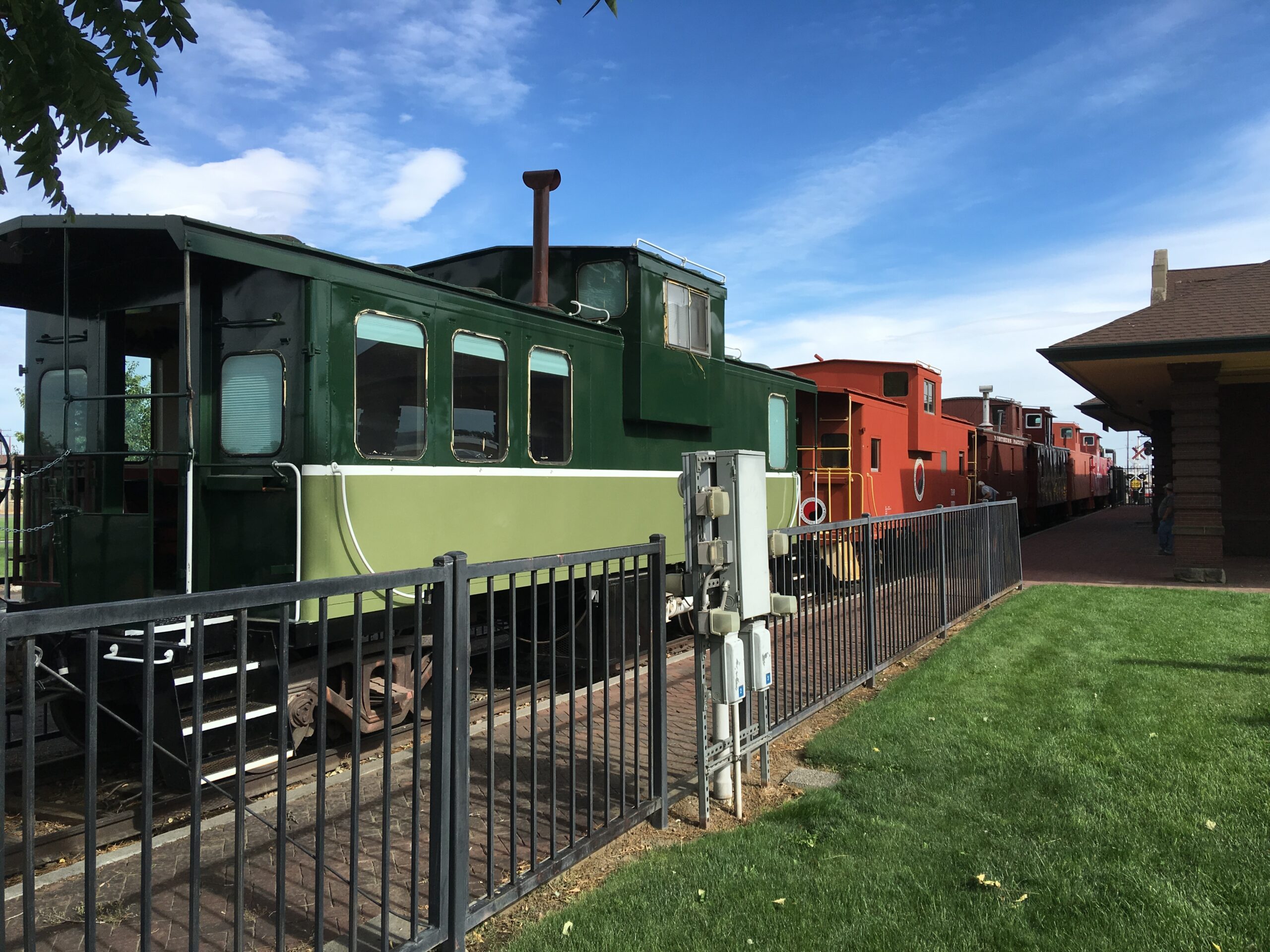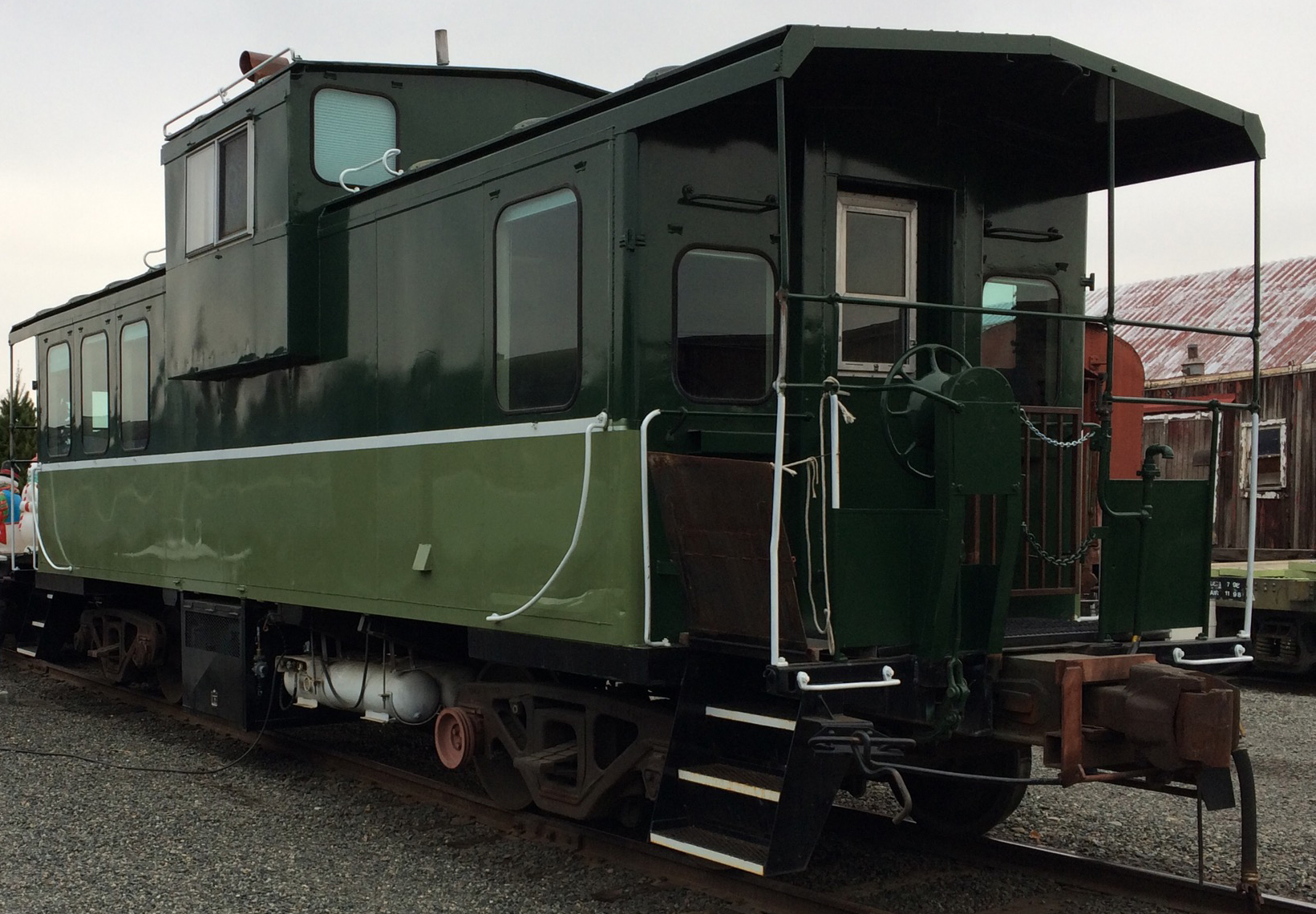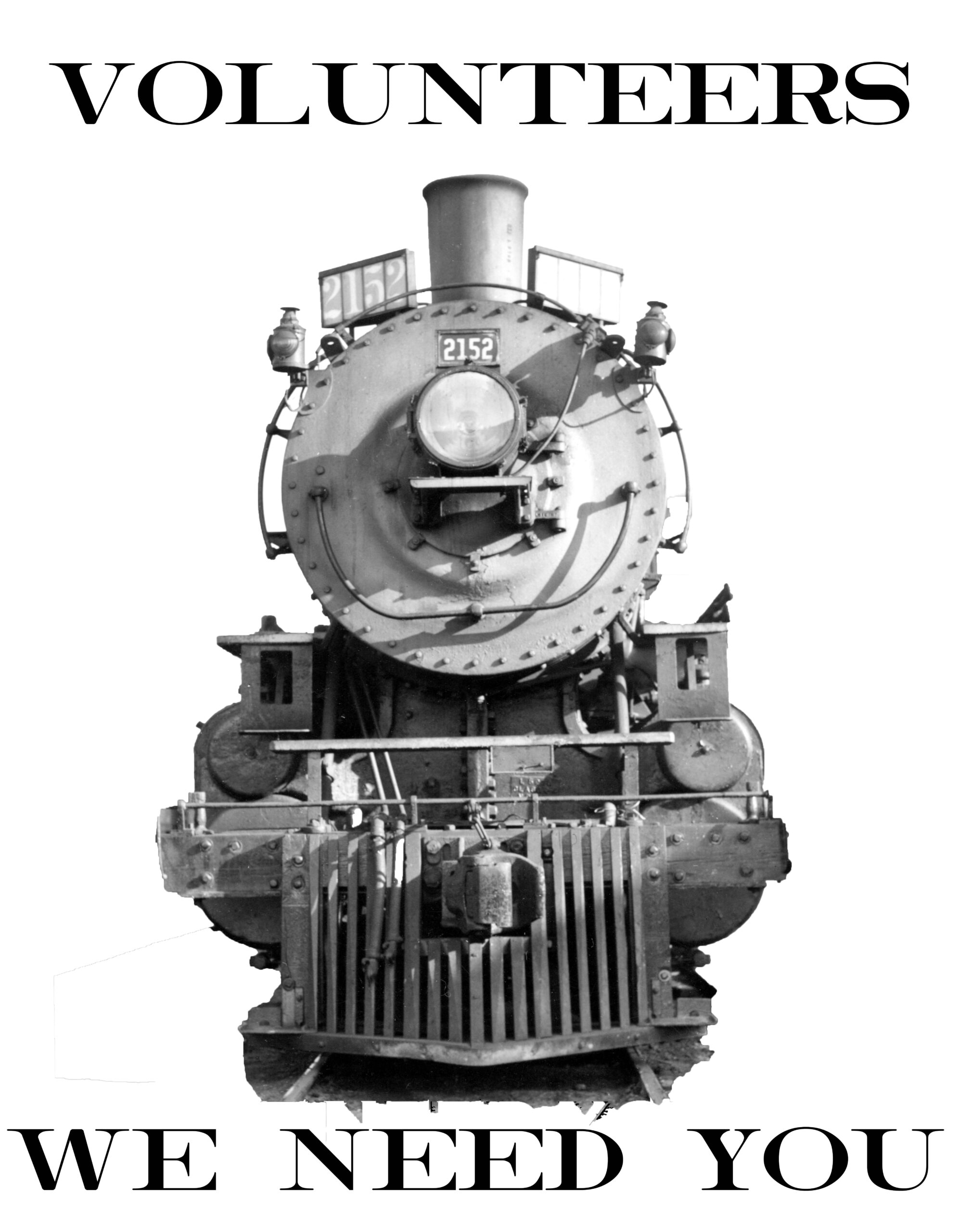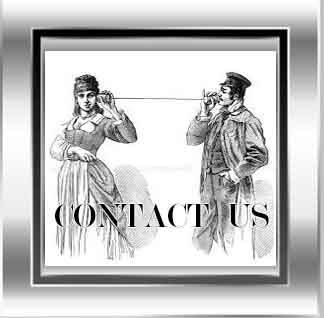
THE COMMAND CENTER OF THE FREIGHT TRAIN
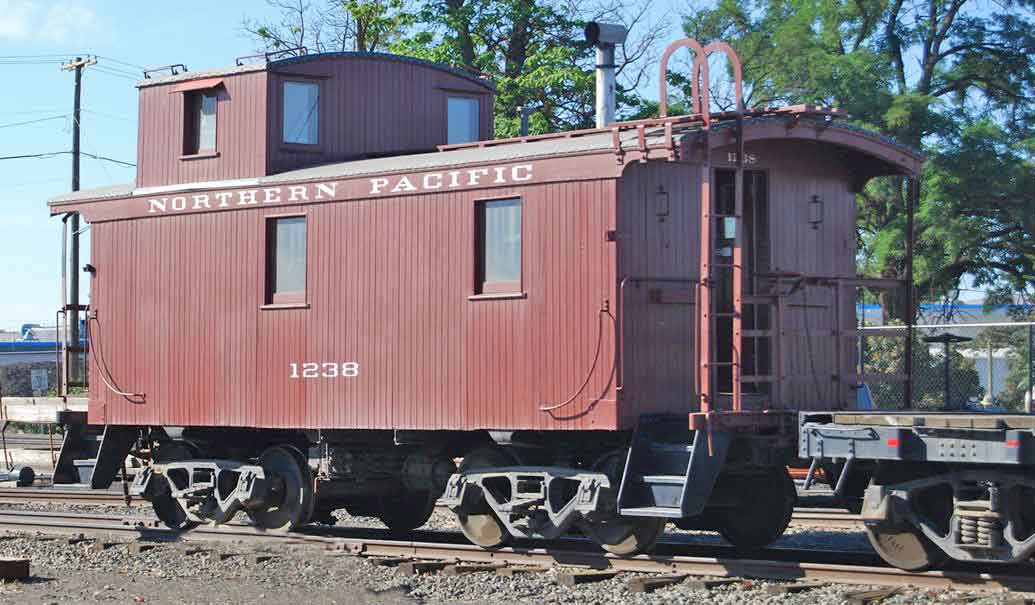
The purpose of the caboose was to be the main control office of the entire train. There is a common myth that the engineer was the head-man of the entire train, however not true. The engineer was in charge and operation of the locomotive only. It was the conductor that was in charge of the entire train, and his office was in the caboose. Though the engineer was in charge of operation of the locomotive, the conductor was responsible to make sure the cars on his train went to their proper location. In addition the brakemen also rode in the caboose. They were responsible for separating and breaking up and connecting the train cars to get them at their desired yards. In addition when the brakemen were riding the train at least 2 would be sitting up in the cupola watching the bearings of every wheel on the train. Also crew members are also on lookout for shifted loads. fires, track and property damage. However when a bearing acts up it would smoke. When this happened the brakemen alerted the conductor and he using the airbrakes notified the engineer to stop the train. There were tools in the caboose for jacking up the train and replacing the bearing. The brakemen also were responsible when a train is at a stop to set flares and lanterns to warn other trains that there is a stalled train on the track.
Roger and Mary O’dell’s caboose.
This caboose, NP 1238 was used by Nallys as a concession stand at the King Dome in Seattle. When the Kingdome was demolished Nallys caboose was sold to the Museum.
